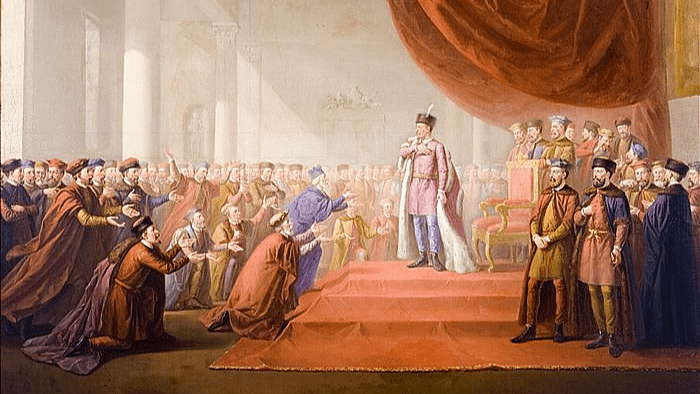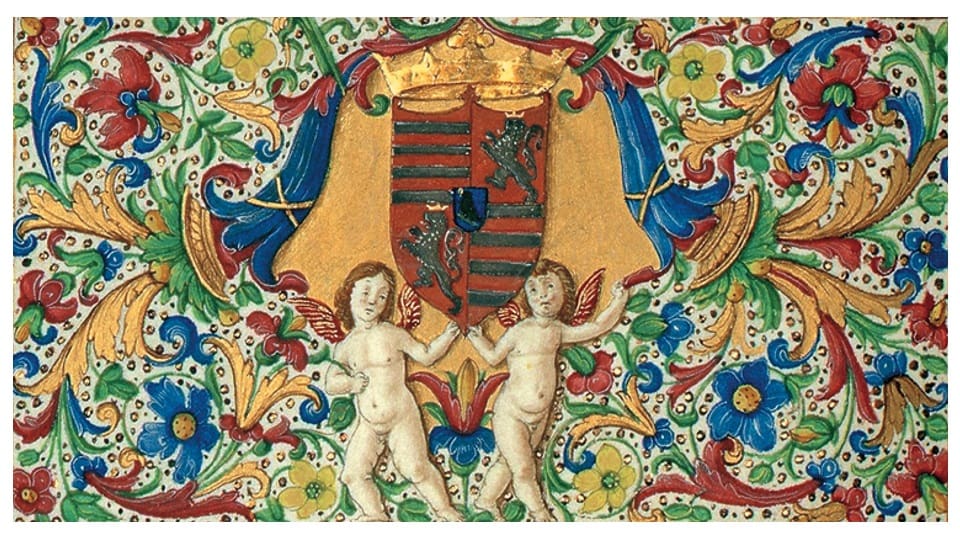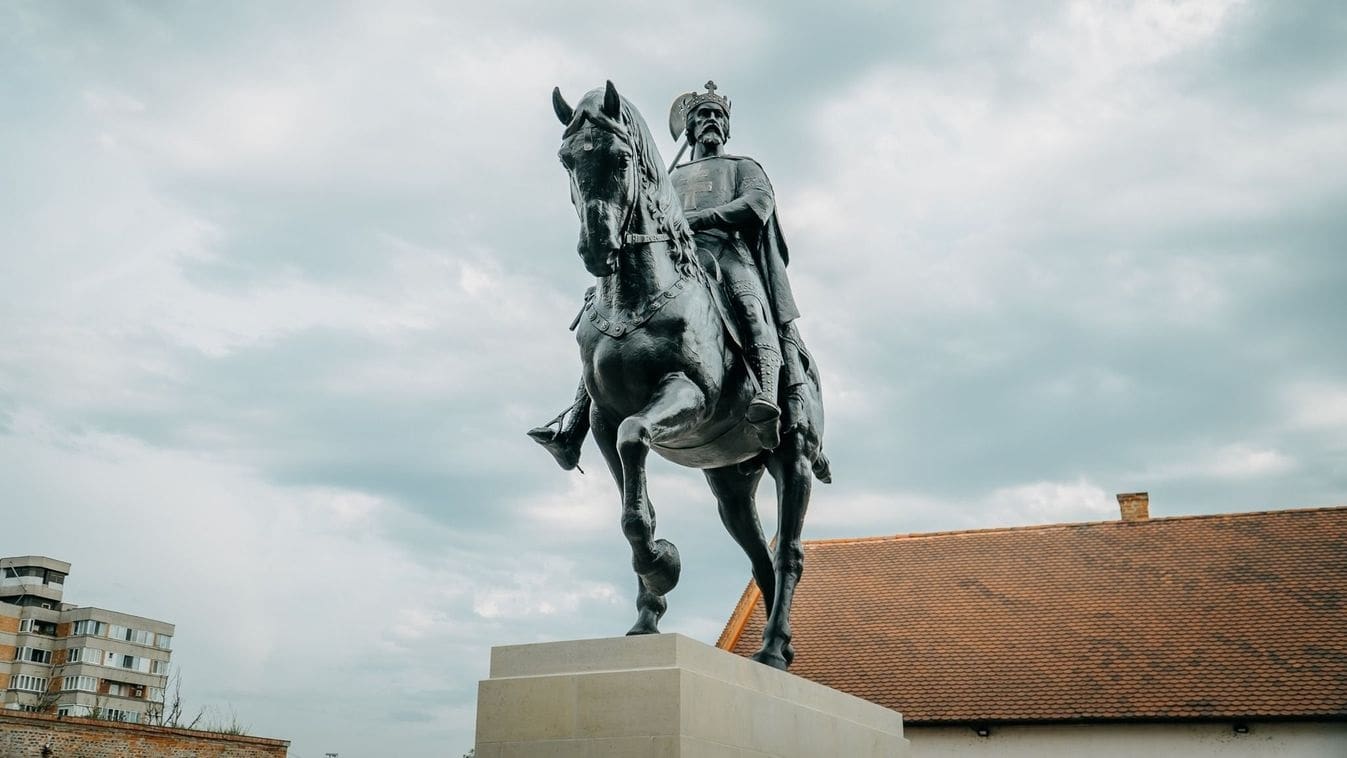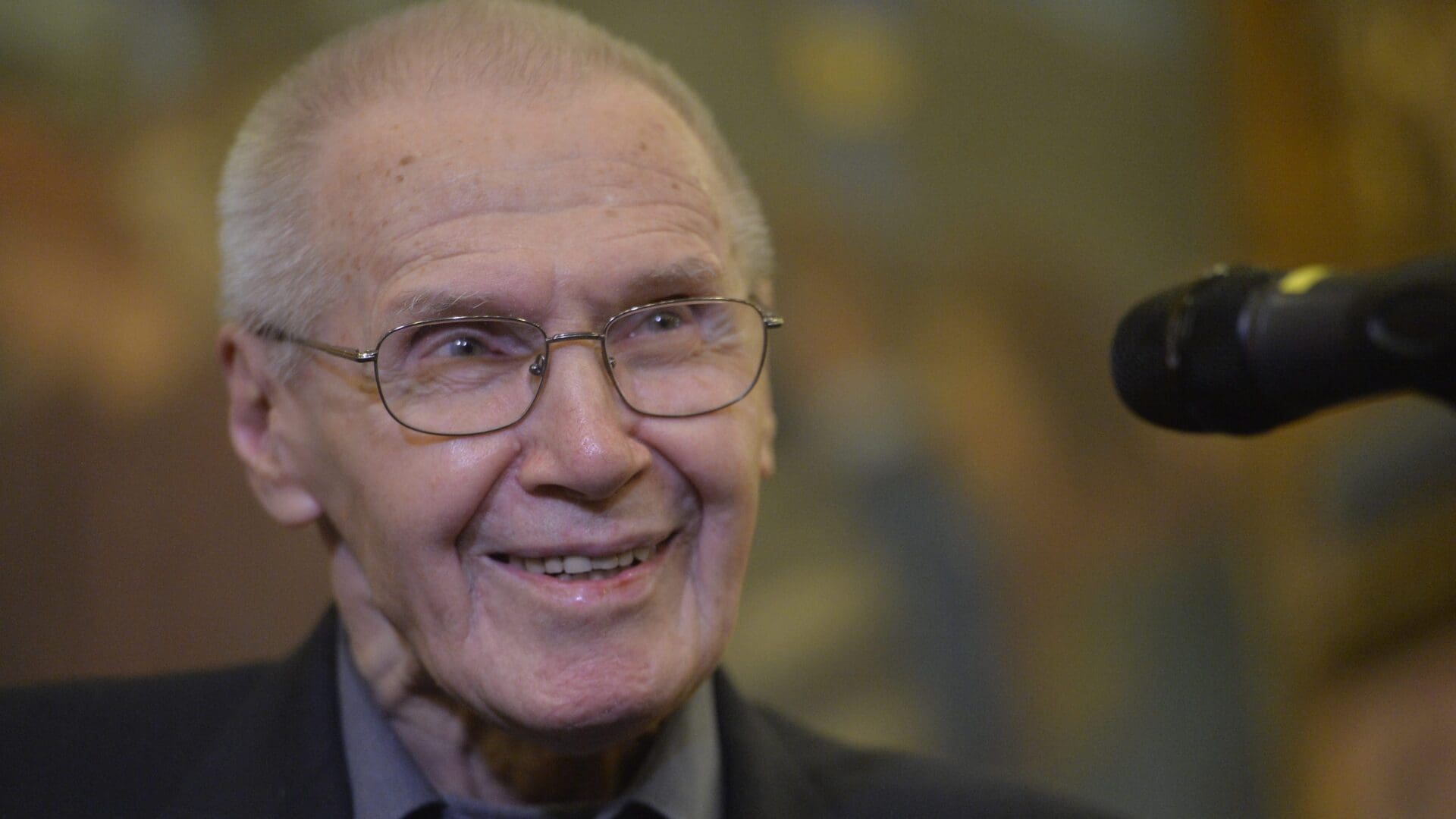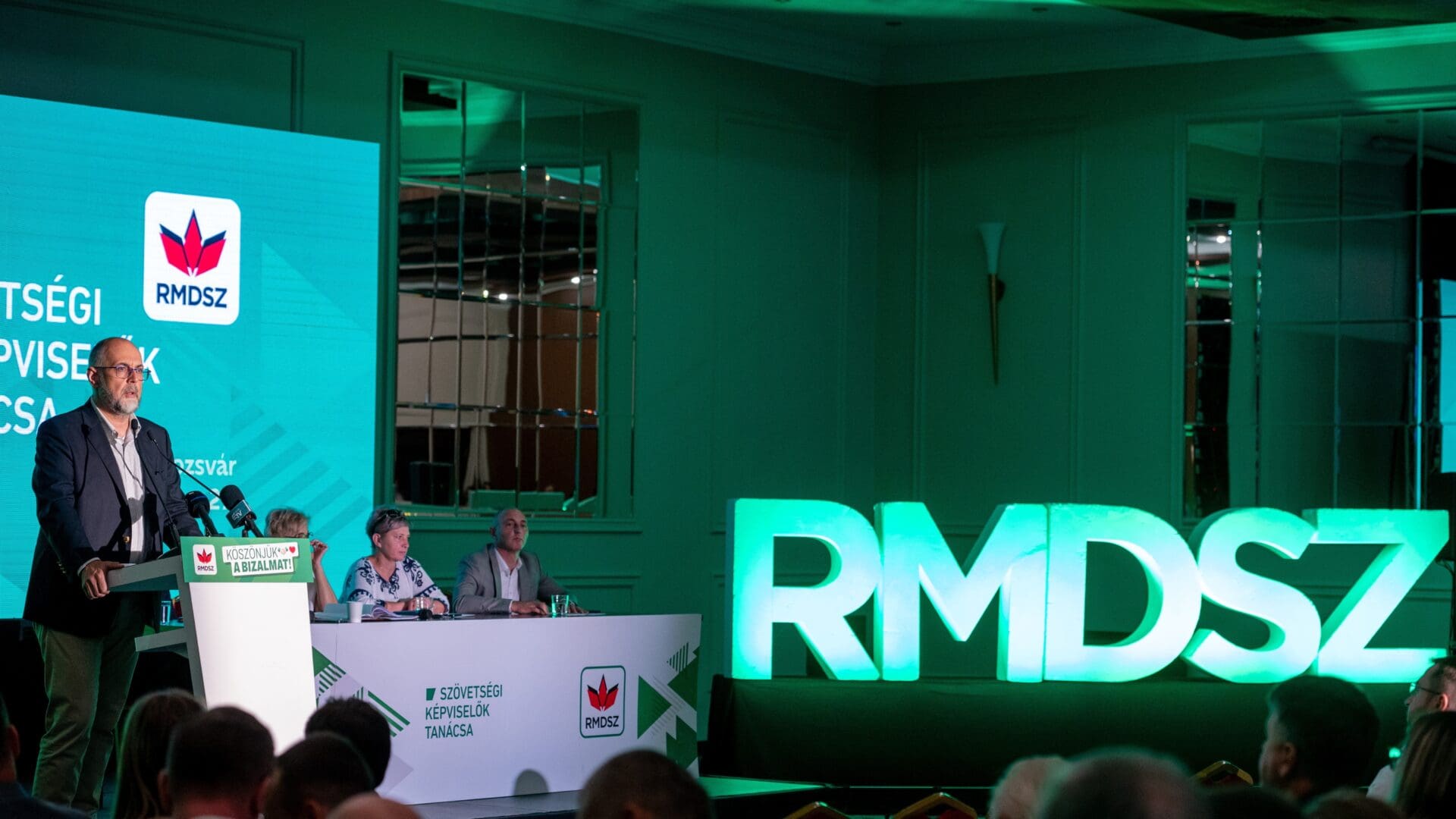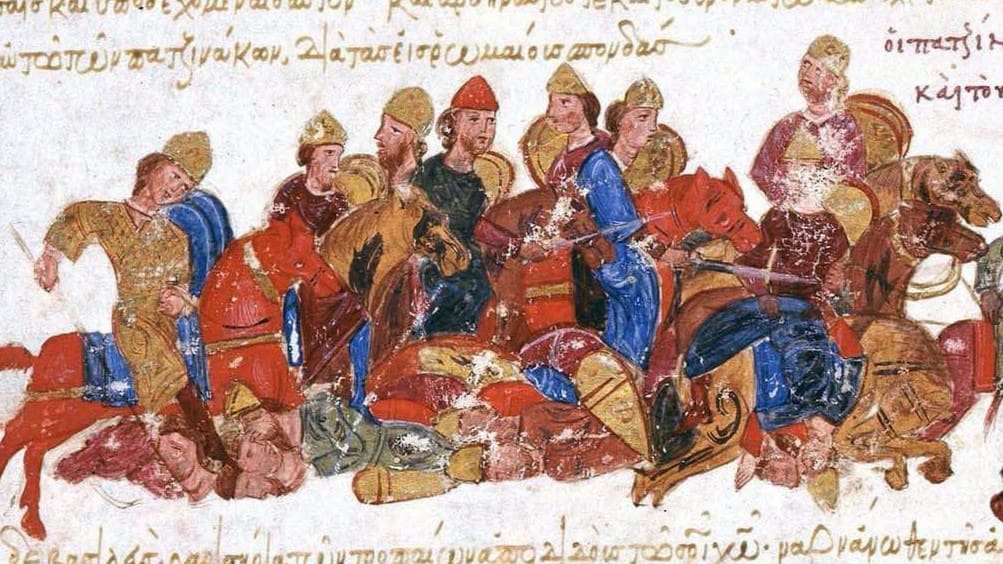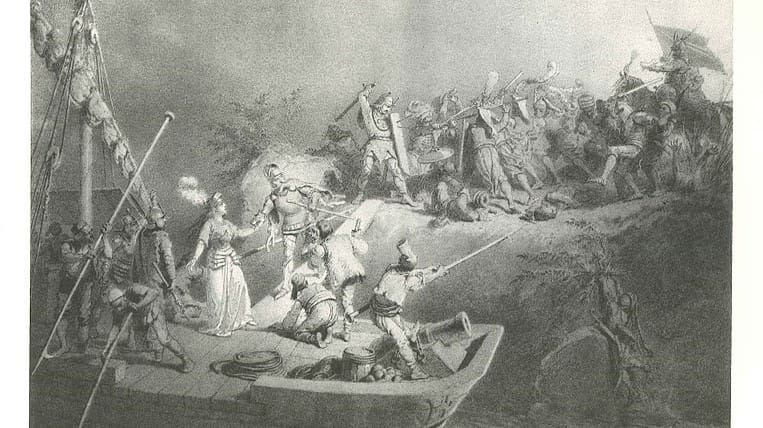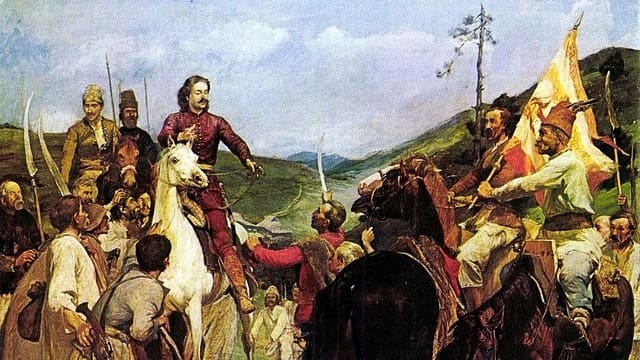
When the Hungarians Took Their Fate into Their Own Hands, Defying the Might of Europe — Rákóczi’s War of Independence
Two important events played a role in Rákóczi’s return to Hungary in 1703. On the one hand, the unfolding War of the Spanish Succession (1701–1714), which meant the withdrawal of most of the imperial regiments from the country, and on the other, the uprising of the serfs of Munkács, provided the perfect opportunity for Rákóczi to organize an armed rebellion. At the request of Tamás Esze, the leader of the uprising in the Tiszahát region, Francis II Rákóczi took the lead in the what developed into a War of Independence, issuing a proclamation calling on nobles and non-nobles alike to take up arms.

